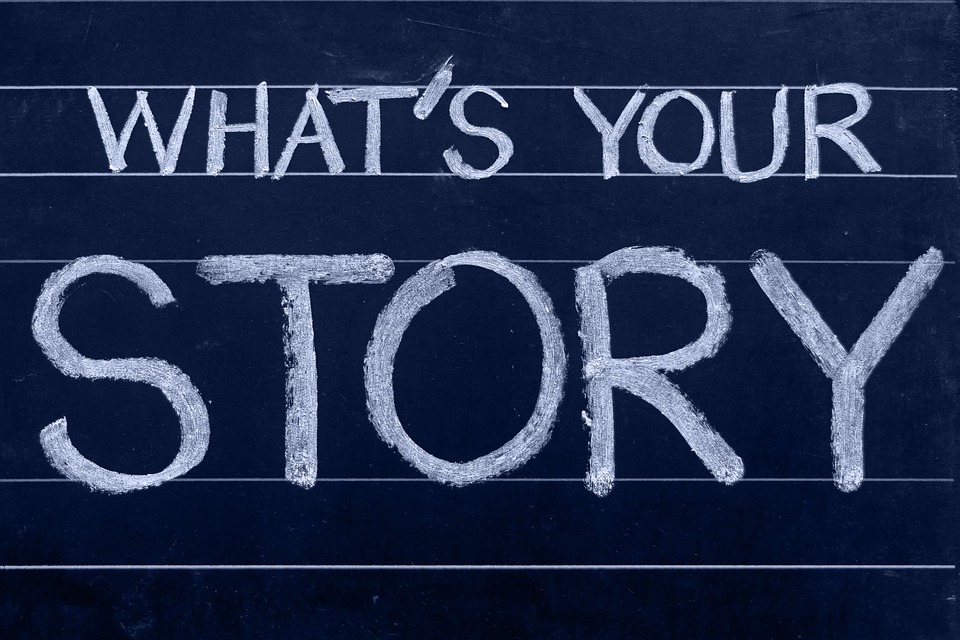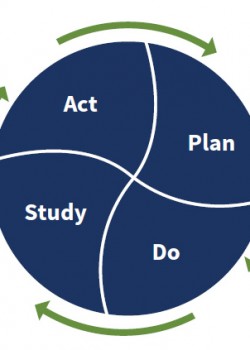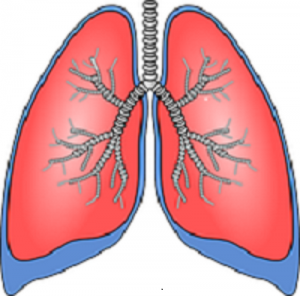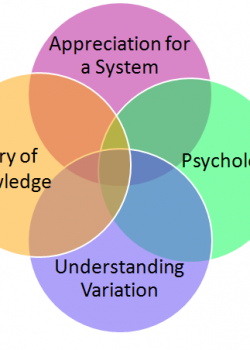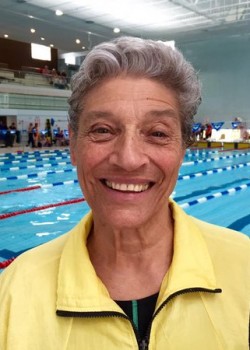Paul is trying to reduce the number of strokes he swims over 100m. If the tempo of his strokes remains the same while he reduces the number of strokes, he’ll go faster.
 Emma Levy
Emma Levy
Rapid cycle testing: create learning opportunities every time you swim, in a series of short steps
Yesterday I spent 20 minutes working with Graham on breathing. It turned out to be a great example of accelerating your learning by using rapid cycle testing. This follows the same steps as in our free template, many times in a single session.
What’s on your mind? Prediction: a tool to turn your data into joy
What data do you have in your head, or record in your swim notebook?
Information is not knowledge. What’s in this swimmer’s head is all information, not knowledge.
Overcoming instinct: first steps to easy breathing
In Great Barrier Reef David Attenborough recently made a record-breaking dive in a state-of-the-art submersible. ‘Your instinct is to hold your breath’, he said, as the sea closed over the clear dome of the submersible at the start of the descent.
The two kinds of variation every swimmer should know about
‘When you have two data points, it is very likely that one will be different from the other.’
W Edwards Deming
Random variation affects everyone in everything we do. Take two work days, and the length of our commute will vary by a few minutes. Count calories, and it’s highly unlikely that we’ll consume exactly the same number on two different days. Swim 1500m at two triathlons, and your time will not be the same.
5 Steps to a New Year’s resolution that sticks
How long did you stick with your New Year’s resolution in 2015? And in 2014? Polls indicate that if you only made it to the end of January you were in good company. Almost 80{f09be4e68a790078494bad402d1ee2d268ae90cb41c80aba0f70f560181e9b3f} of people who make a New Year’s resolution fail to achieve it.
According to Kegan and Lahey, the main reason so many of us fail is because we focus on changing behaviour, when we should work on changing our mindset. I like their analogy of wanting IT to do something different: sometimes we can make that happen by adding on new hardware or downloading an app; other times we won’t be able to use the new hardware or app unless we get a whole new operating system.
The following steps to achieve lasting change are based on Kegan and Lahey’s Immunity to Change framework.
The key to lasting improvement: Profound Knowledge
To make real, lasting improvements in anything we do, it’s not enough to be an expert in our field of activity, we also need to understand and apply the System of Profound Knowledge. W Edwards Deming initially developed this framework in relation to management of organisations, whether they deliver products or services, in private, public or third sector.
As an Improvement Advisor, I learn every day of the impact that an understanding of Profound Knowledge can have on improving health and social care, and other public services.
So why talk about it here? It can be applied to any area of our lives. To the daily school run; to losing weight and maintaining weightloss; to managing the household budget; to the kids’ bedtime; and yes, to swimming.
Who inspires you?
Our chief want is someone who will inspire us to be what we know we could be.
Ralph Waldo Emerson
As a teenager in the 1970s I swam for Norwich Penguins and Norfolk in freestyle and butterfly events. I wasn’t a natural swimmer, or ever one of the best, but I was fortunate to have as one of my coaches Jane Asher, in the years before she became a Masters sensation. Her approach was different from the other coaches: she communicated her passion for swimming and wanted us to share her sense of joy and wellbeing in the water.

